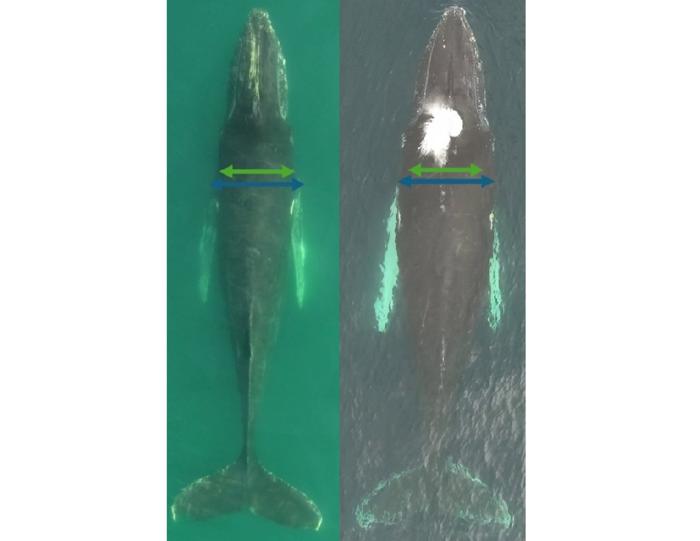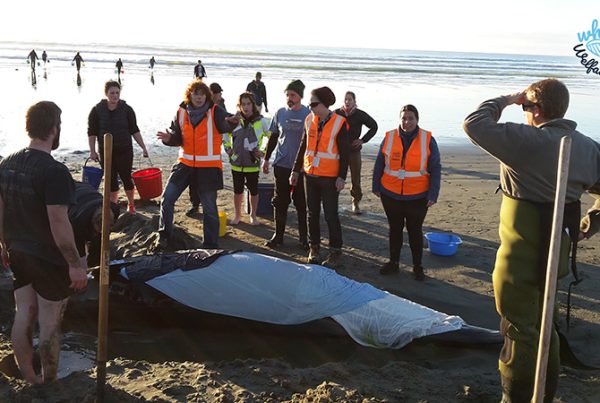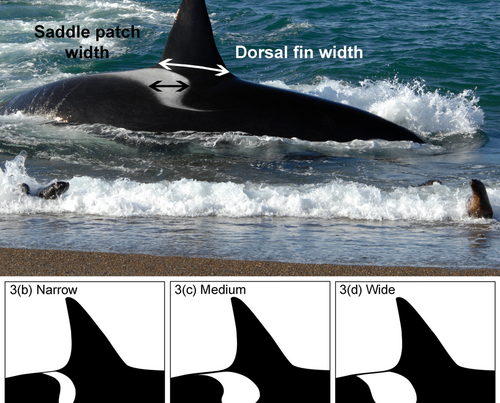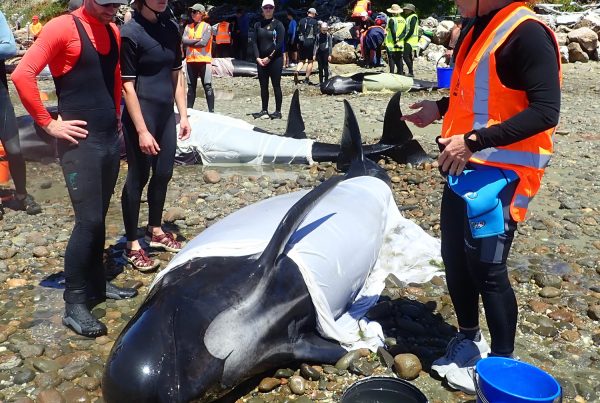
A new study has shed light on the sheer scale of effort it takes for southern hemisphere humpback whales to complete their annual migration and the results are staggering. Scientists have found that these whales can lose up to 11,000kg of blubber during the months-long journey between the icy waters of Antarctica and their breeding grounds in the tropics. That’s roughly the weight of a single-decker bus, or two adult African elephants. This weight loss isn’t just impressive – it’s essential. Humpbacks rely entirely on the fat stores they build up during their feeding season to fuel their migration, breeding, and calving, as they don’t eat again until they return south.
To measure this, researchers from Griffith University used drones to monitor the body shape and size of 103 adult humpback whales over time. This allowed them to calculate changes in the whales’ fat stores as they migrated. The findings provide new insight into how much energy whales burn during migration, and just how finely balanced their survival strategy is. To make the journey possible, a single whale must eat around 57,000kg of Antarctic krill before leaving for their round trip north.
This research highlights just how vital the Southern Ocean is for humpback whales. Their survival depends on rich, reliable feeding grounds in Antarctica — but these are increasingly under pressure from climate change and commercial interest in krill fisheries. Studies like this help build a clearer picture of the challenges whales face and why protecting key marine ecosystems is so important for their long-term survival.


